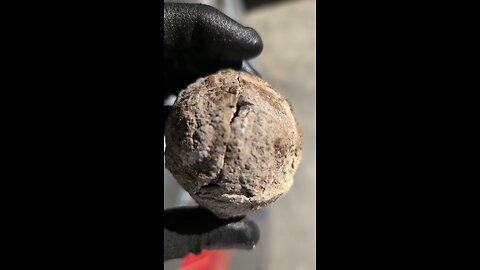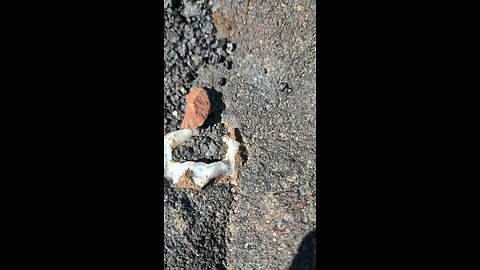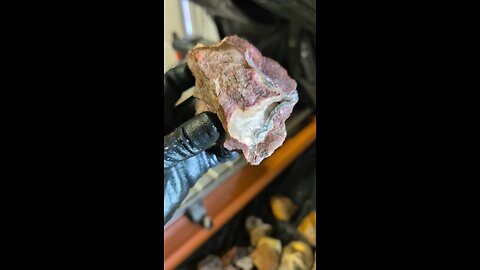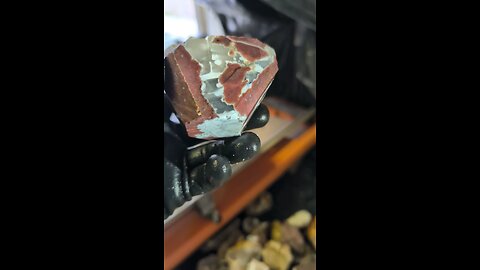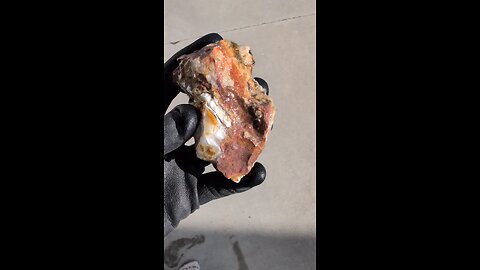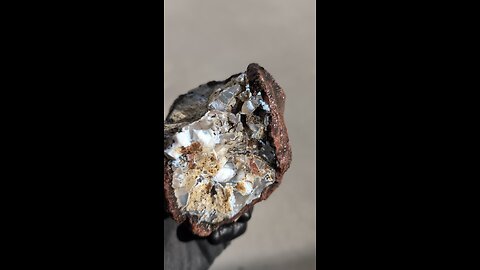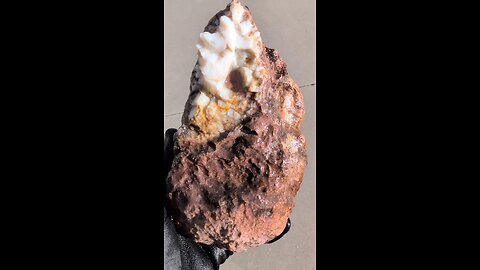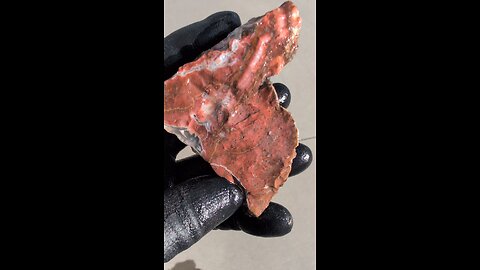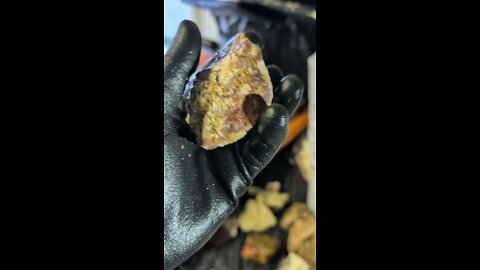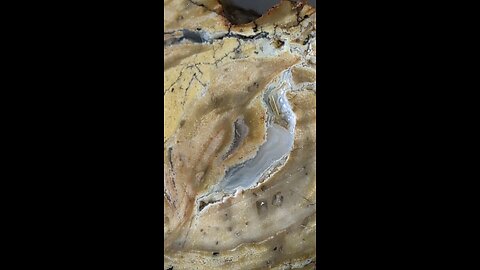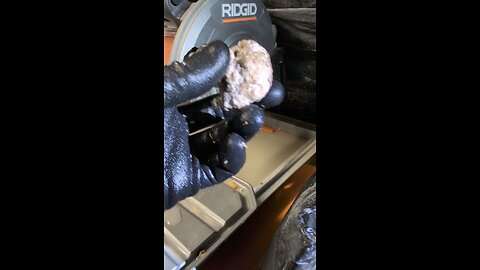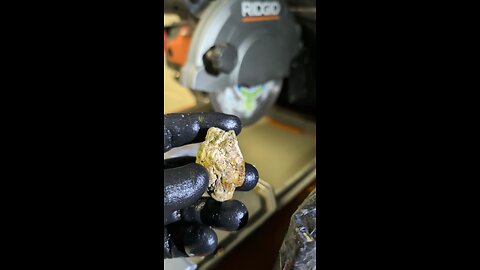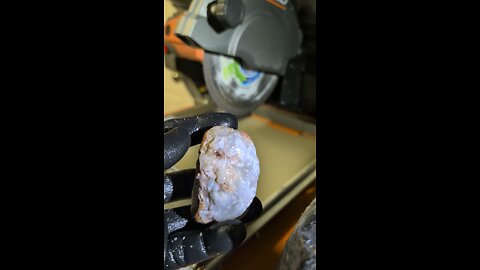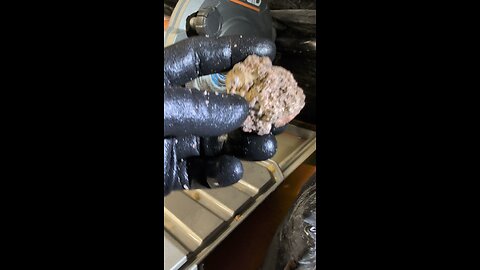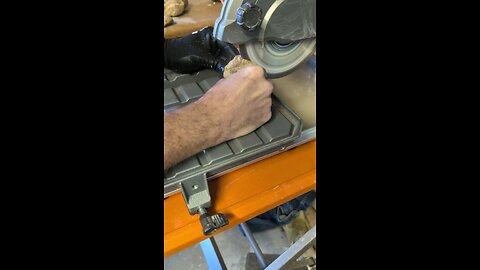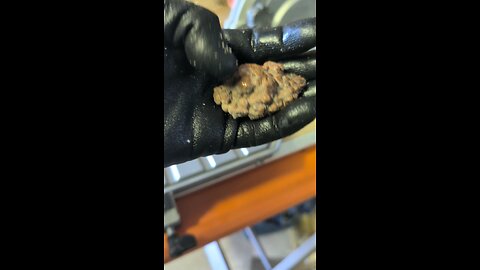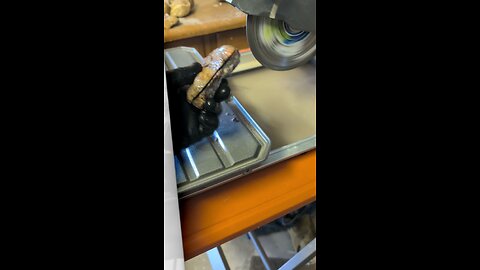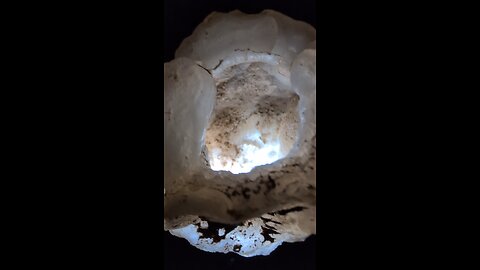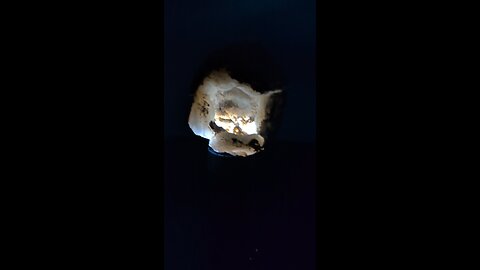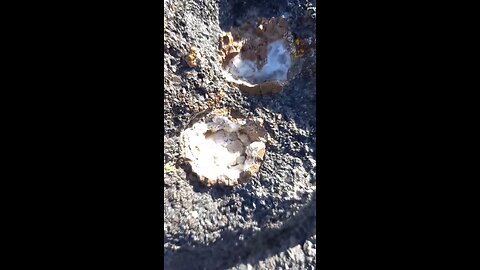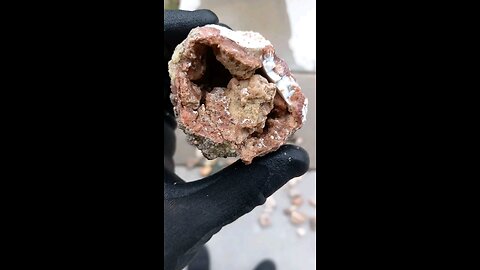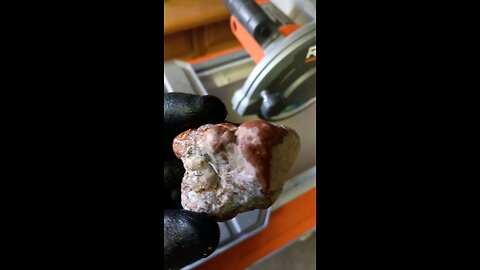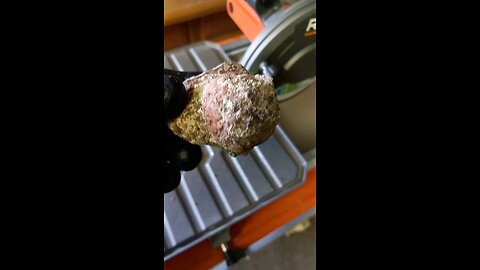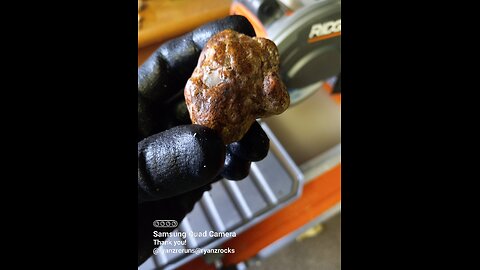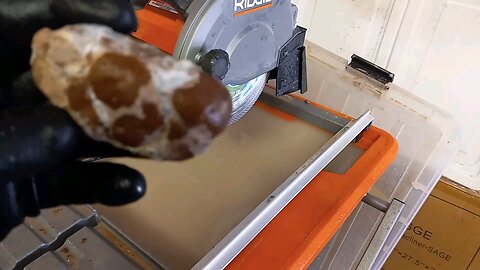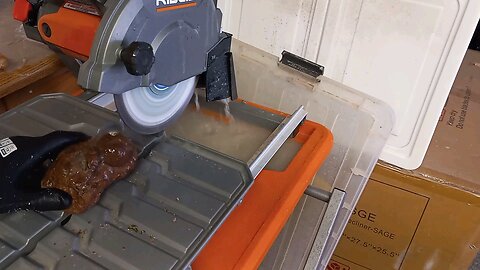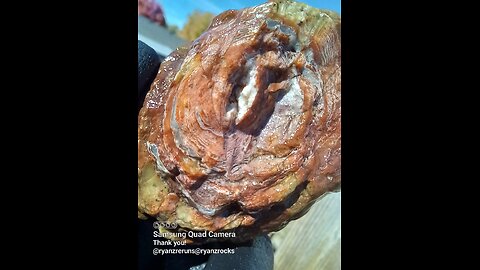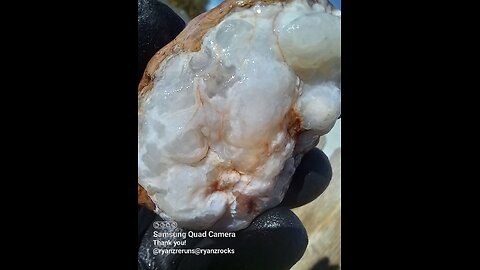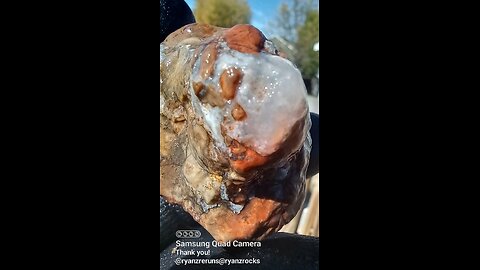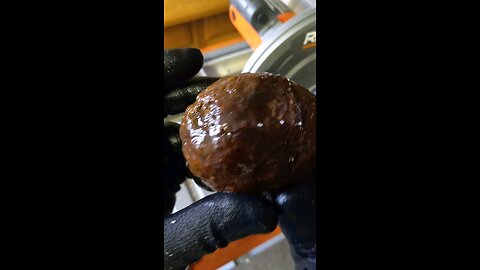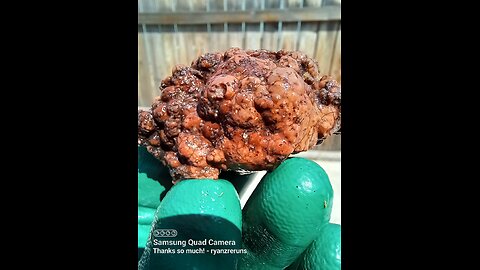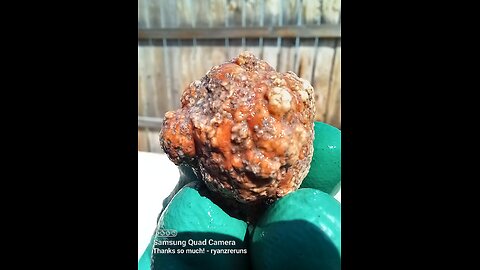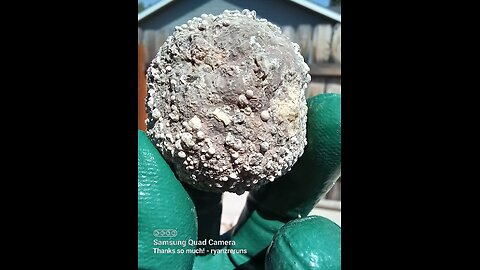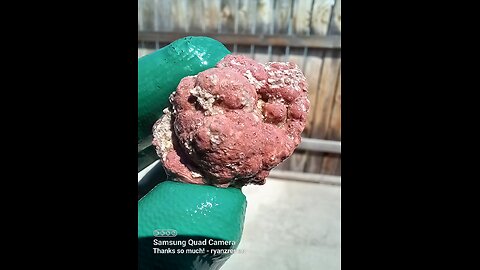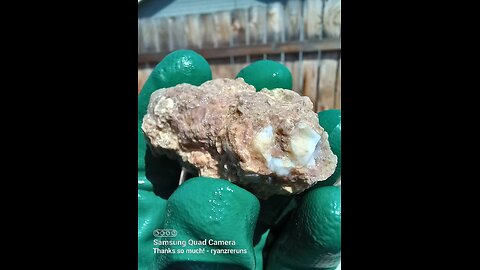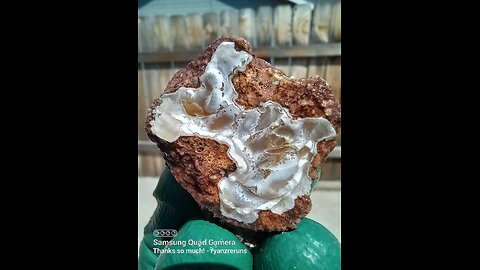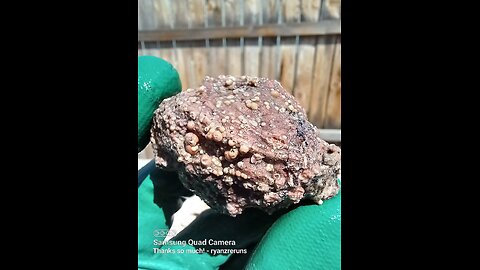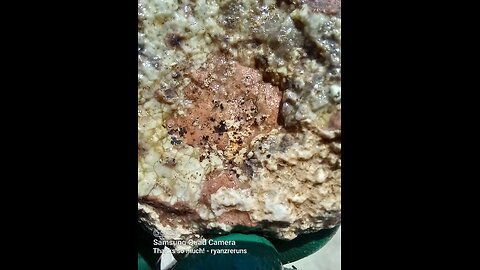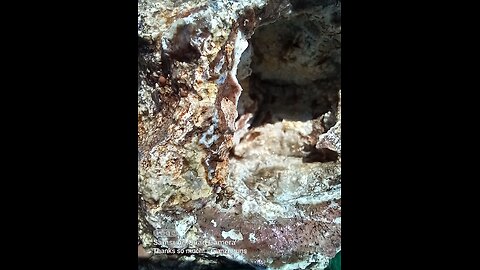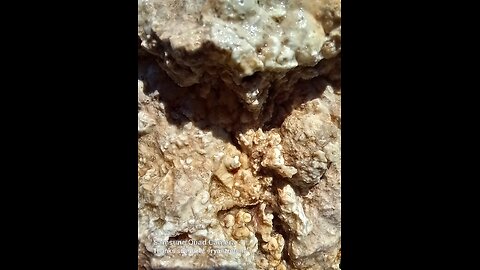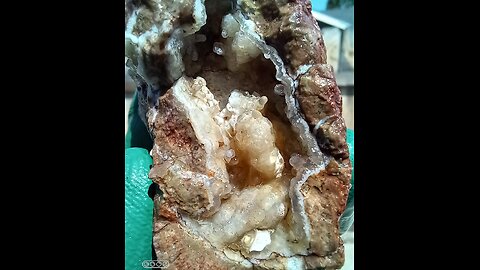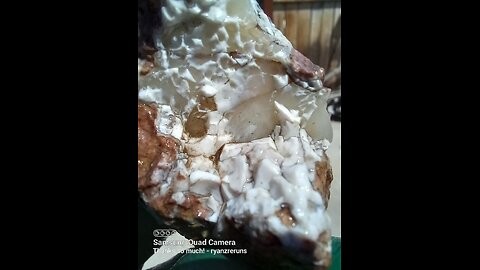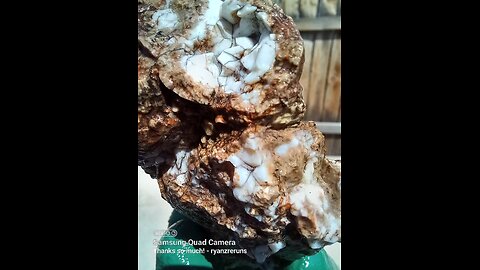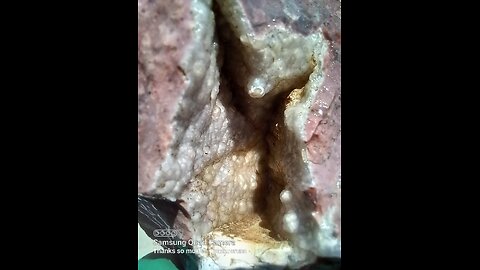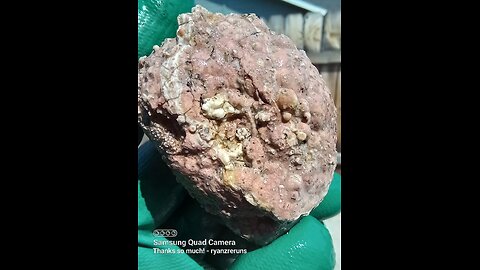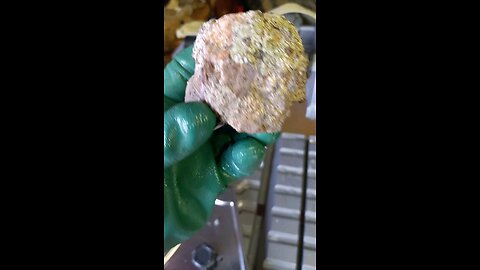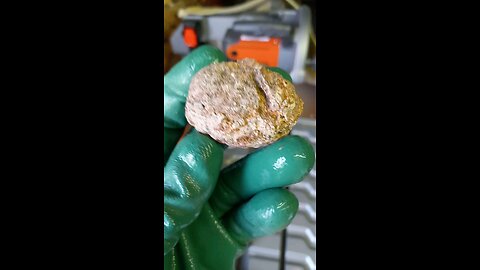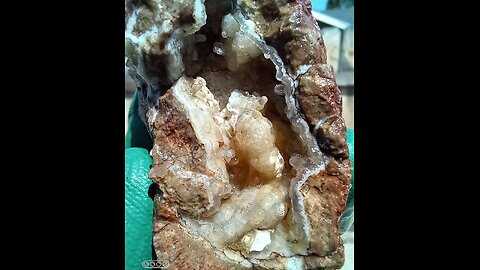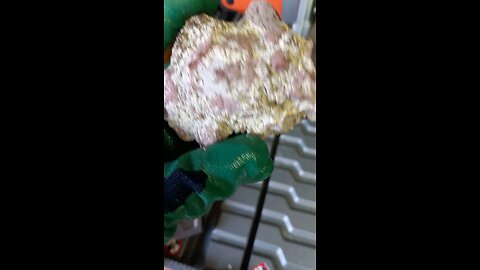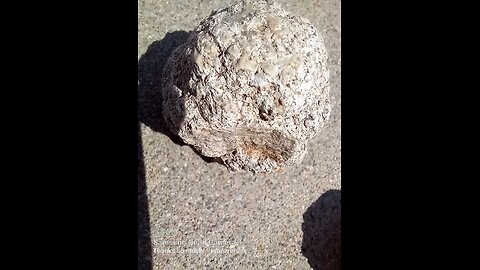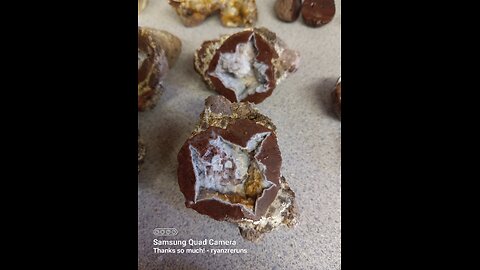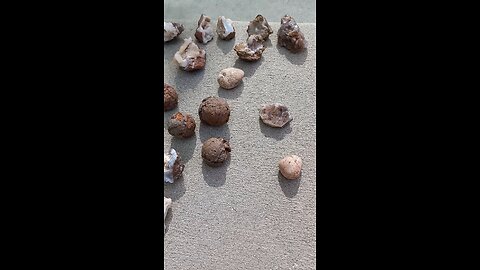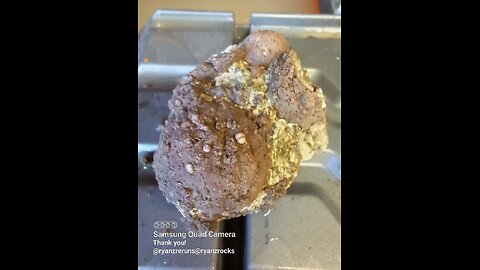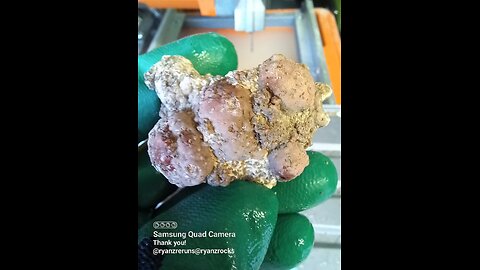Premium Only Content
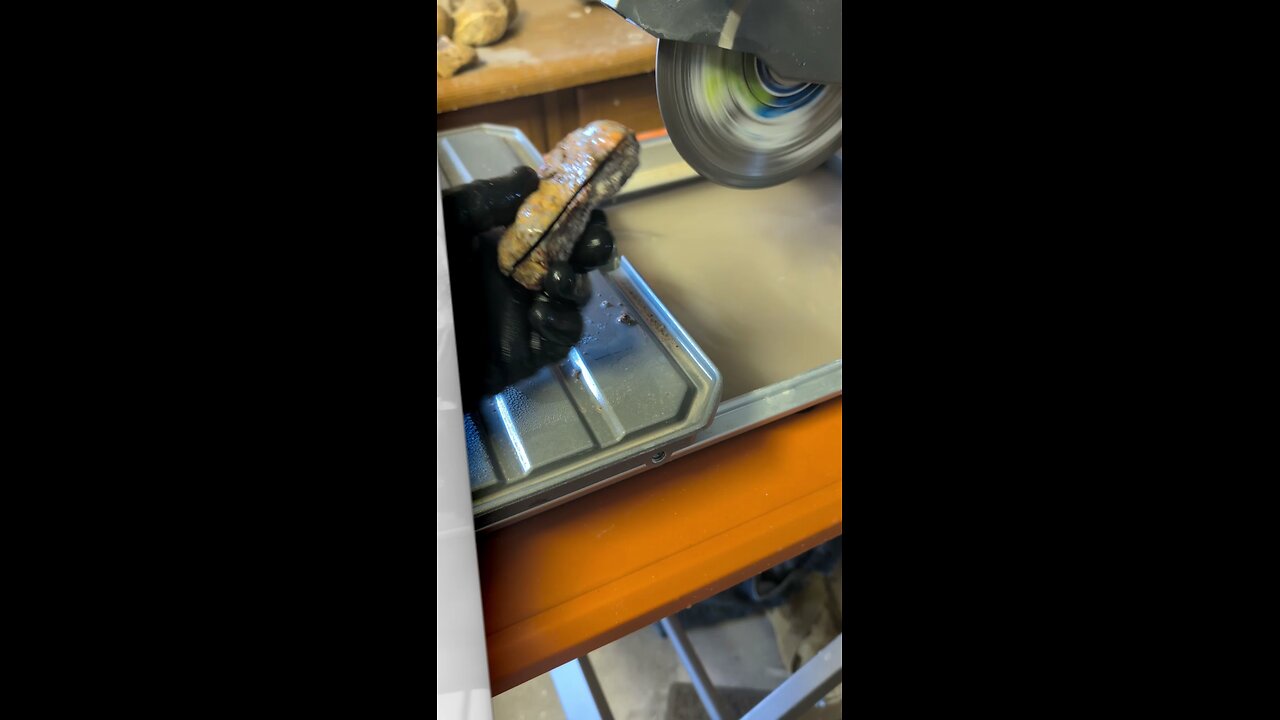
Whole & Broken Geodes!
Geode Field!
Botryoidal cut!
Shaping!
Broken Thunderegg Cluster!
Half a thunderegg!
Thunderegg Cluster w Common Opal!
Red Thunderegg Shard!
Thunderegg Cut!
Thunderegg Inspection!
Globular cut!
Bulbas glob cut!
Robbed! Grabbed the wrong half!
Thunderegg Cut!
Thunderegg Cut w/Opal!
Thundereggs?
Thought it would be three thundereggs!?!?
Thundercup glow!
Thunderegg glow!
Rabbit Springs Lava Flow!
Broken Geodes & Thundereggs!
Whole Thundereggs from Rabbit Springs Lava Flow!
Thunderegg Nest!
Crushed Thunderegg!
Tri-cluster of Thundereggs!
Tiny Thundereggs!
What's inside this Thunderegg?!?
Is it a Thunderegg?
Thunderegg twins!
Love the green inside!
Part of a Thunderegg!?
Thunderegg!
Half a Thunderegg w/Opal!
Thunderegg Cluster!
Circular Formation!
Thought this Thunderegg would be hollow!
Thought it would be three thundereggs!?!?
Based on the visual characteristics of the rock in the image, it appears to be an iron-rich sedimentary rock, possibly an ironstone or banded iron formation (BIF). Here are some key observations:
Color: The rock has a reddish-brown hue, which is typical of iron oxides like hematite (Fe₂O₃) or goethite (FeO(OH)).
Texture: The rock shows a layered or banded structure with a mix of different shades of red, brown, and some lighter minerals, which suggests it might be a sedimentary rock formed in layers over time.
Luster: The wet appearance gives it a glossy look, which can sometimes help in identifying minerals by enhancing their color and luster.
Composition: The presence of small white or light-colored inclusions could be quartz, calcite, or other minerals commonly found in iron-rich sedimentary environments.
Ironstones are often formed in ancient marine or lake environments where iron was precipitated out of the water and deposited in layers. Banded iron formations are particularly notable for their distinct layers of iron oxides and silica, formed under specific chemical conditions in the Earth's early history.
-
 LIVE
LIVE
Alex Zedra
3 hours agoLIVE! Playing BO7 Beta!
732 watching -
 1:52:56
1:52:56
TimcastIRL
4 hours agoElon Musk Says Woke NGO Responsible For Charlie Kirk Assassination | Timcast IRL
117K108 -
 1:26:12
1:26:12
Steven Crowder
15 hours agoThe Left is Violent (Part 2) | Change My Mind
506K832 -
 1:23:53
1:23:53
Man in America
7 hours agoDollar Collapse is Engineered to Herd Us Into CBDC Prison—David Jensen EXPOSES the Playbook
24.4K5 -
 5:16:01
5:16:01
MattMorseTV
7 hours ago $0.39 earned🔴CHILLING + TALKING🔴
79.8K3 -
 2:04:23
2:04:23
The Charlie Kirk Show
4 hours agoTHOUGHTCRIME Ep. 99 — THOUGHTCRIME IRL
96.5K35 -
 1:11:34
1:11:34
Flyover Conservatives
11 hours agoSilver Shortage ALERT: London Vaults Running Dry in 4 Months- Dr. Kirk Elliott; 3 Tips to Transform Your Business - Clay Clark | FOC Show
25.4K3 -
 1:10:18
1:10:18
Glenn Greenwald
6 hours agoIsrael Pays Influencers $7,000 Per Post in Desperate Propaganda Push: With Journalist Nick Cleveland-Stout; How to "Drink Your Way Sober" With Author Katie Herzog | SYSTEM UPDATE #525
101K105 -
 38:54
38:54
Donald Trump Jr.
10 hours agoDems' Meme Meltdown, Plus why California Fire Victims should be more Outraged than Ever | TRIGGERED Ep.279
118K94 -
 2:15:18
2:15:18
megimu32
3 hours agoOn The Subject: Meg’s Birthday Bash! 🎂🎶
21.3K14
